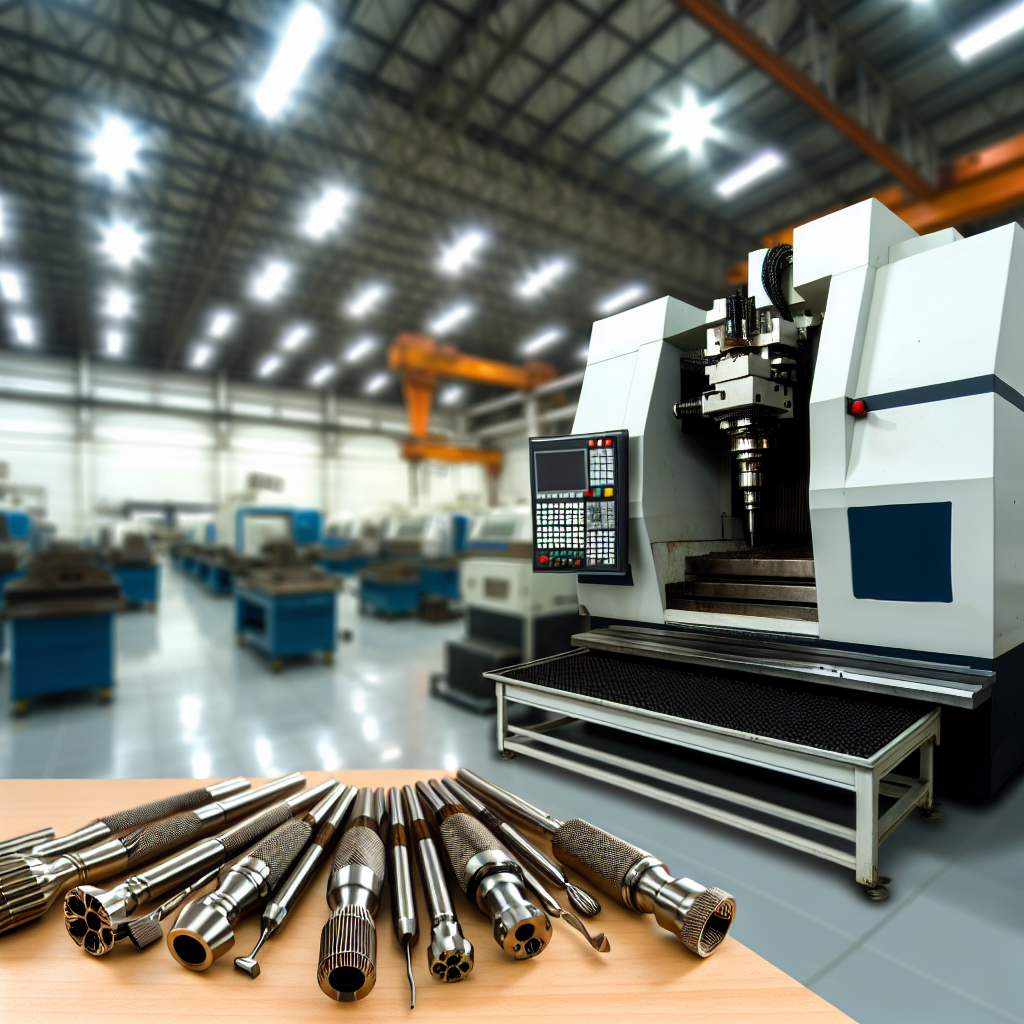Understanding the intricacies of machining processes is essential for manufacturing precision components. This article explores the significance of #5 in machining, focusing on CNC machines and the critical tools that enhance efficiency and accuracy. Discover how these elements work together to produce high-quality parts in modern manufacturing.
Integrating CNC Technology with Advanced Machining Tools
Computer Numerical Control (CNC) machines revolutionized manufacturing by enabling precise, automated control over machining operations. Unlike manual tools, CNC systems utilize sophisticated software to guide cutting tools with high accuracy, repeatability, and efficiency. These machines can handle complex geometries and tight tolerances, making them indispensable in industries such as aerospace, automotive, and medical device manufacturing.
The effectiveness of CNC machining largely depends on the selection and utilization of the right tools. Cutting tools, including end mills, drills, and inserts, are designed to withstand extreme forces during high-speed operations while maintaining sharpness for clean cuts. Modern CNC tools are crafted from durable materials like carbide or high-speed steel, ensuring longevity and precision. Such tools are often coated with advanced materials to reduce wear and improve heat resistance, thereby extending their operational life and maintaining cutting efficiency.
Precision, Efficiency, and Innovation in CNC Machining
The synergy between CNC technology and the right set of tools enables manufacturers to achieve unparalleled precision and productivity. Advanced machining processes such as milling, turning, and drilling are performed with minimal human intervention, reducing errors, waste, and production time. Innovations in tool design—like coatings that improve heat dissipation or geometries optimized for specific materials—further push the boundaries of what CNC machines can accomplish.
Modern CNC machines are also equipped with auto-tool changers and adaptive control systems, allowing seamless switching between tools and real-time adjustments for optimal cutting conditions. This dynamic adaptability enhances surface finish quality and dimensional accuracy, which are crucial in high-precision manufacturing contexts.
Conclusion
In summary, the integration of CNC machines with advanced tools stands at the forefront of modern machining, delivering superior precision, efficiency, and flexibility. By leveraging cutting-edge technology and high-quality tools, manufacturers can produce complex, accurate components with reduced time and costs. Embracing these innovations ensures competitiveness and sustainability in today’s demanding manufacturing environment.
